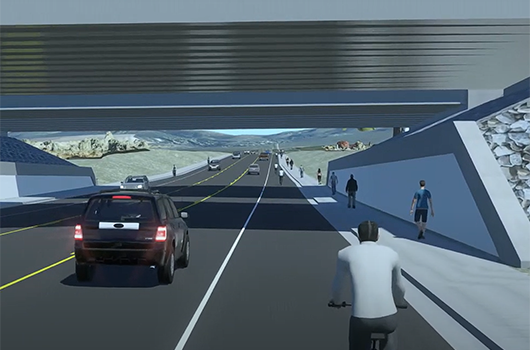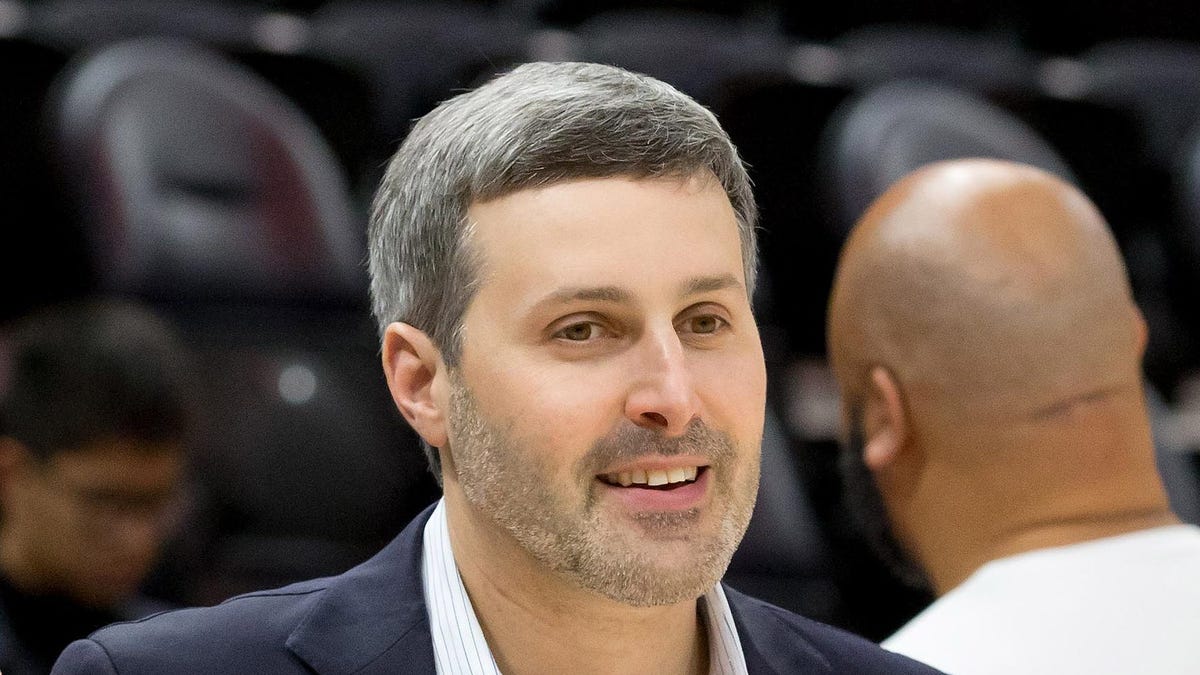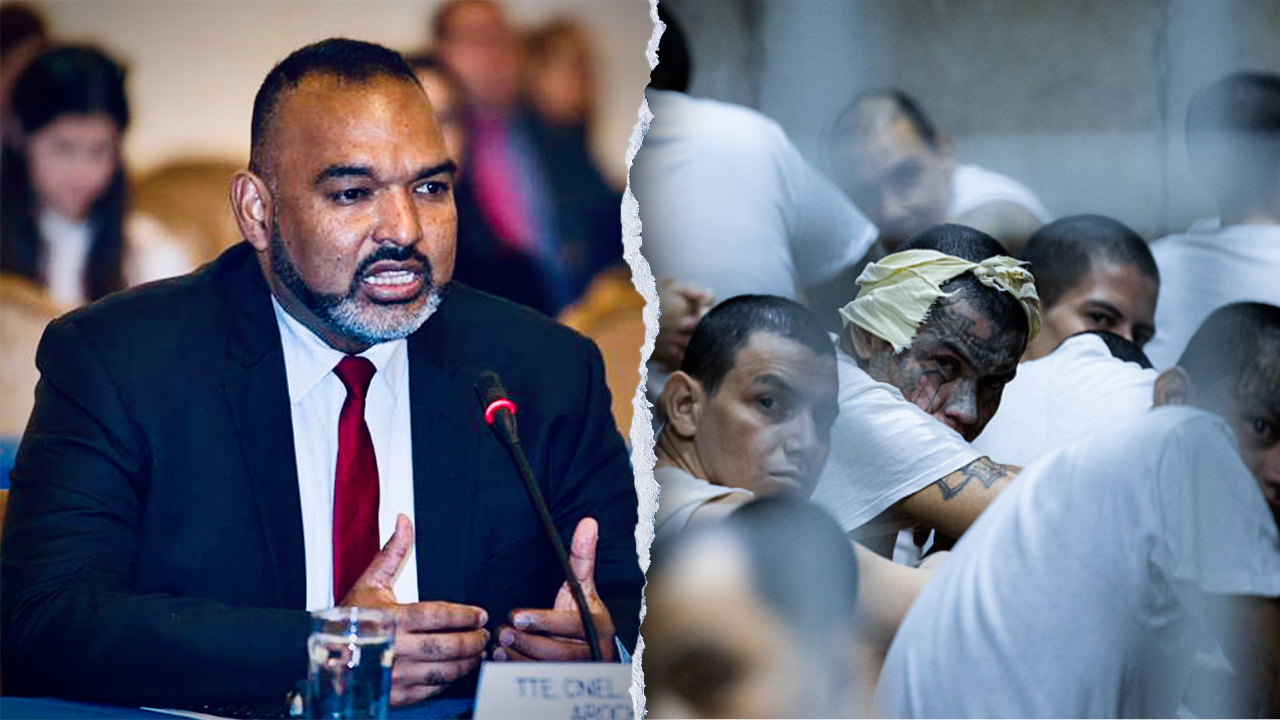Women have less leg strength and bike slower than men. Women also take longer biking through an intersection and are more cautious. In London, more female bicyclists were killed by turning lorries perhaps because they waited for the green light while males pedaled through on red to avoid traffic and pollution.
Get Today in Opinion
Globe Opinion’s must-reads, delivered to you every Sunday-Friday.
Children and seniors also bike at a slower speed and would benefit from having traffic signals that provide information. The Chinese bicycle signal has a red and green countdown number in the middle, which is more informative than a yellow bike signal.
Boston should create networks of protected bike lanes to connect its off-road paths and conduct an experiment to test the Chinese bicycle signal.
Anne Lusk, Ph.D.
Brookline
The writer is a lecturer at Boston University. She has over 40 years of experience working on protected bike lanes and off-road paths and was the creator of the Stowe Recreation Path in Vermont.
I fully understand and appreciate all the reasons for encouraging cycling as city transportation. I also understand and appreciate all the citywide efforts to make cyclists safer.
But a critical aspect of public safety is never discussed.
Too many cyclists ignore traffic laws with impunity and put pedestrians in danger. They often speed through red lights and ignore walk signs. They ride on sidewalks and park on walkways. Scooters and even motorbikes often do the same.
The onus should not be on pedestrians to be super vigilant. But I’ve had more close calls than I care to count, and I know someone who was gravely injured by a cyclist.
The city needs to tackle this problem on two fronts:
▪ Enforce the laws. I live in Back Bay, where cyclists and police are everywhere. Police should issue tickets and warnings instead of turning a blind eye.
▪ Create an active public service messaging campaign. Make it clear that, just as it’s infuriating when drivers recklessly put cyclists at risk, the very same principle holds when cyclists put pedestrians at risk. And the same principles of courtesy should hold. It’s wrong when cyclists express the kind of vulgar anger toward me as a pedestrian that they rightly deplore from drivers.
I beg you to make this issue part of the public discourse.
Kate Kush
Boston
I appreciate the efforts to make bike riding safer by creating protected bike lanes throughout the city. Indeed, bike lanes are not enough as they must be combined with cyclists doing their part not to endanger pedestrians. I’m legally blind and walk with a cane. I have been struck by a cyclist going the wrong direction on a one-way street and by one rider cycling fast through a crosswalk. To improve safety for all, cyclists should be required to be licensed; to register their bikes; to carry liability insurance; and especially to follow all rules of the road.
James Alan Fox
Boston
Yes, building bike lanes isn’t enough. I have been a bike commuter for close to 35 years. For decades, I was one of only a few cyclists on the Southwest Corridor bike path. Cyclists were so few we were anomalies. Few motorists were in the habit of checking twice to see us. We need more cyclists on the road, but the editorial barely scratched the surface on how to make it happen.
Key things Boston must do: Focus on bike skills and safety for children (not adults) to get them comfortable and in the habit of cycling. Install bike racks at all Boston schools. Give all student cyclists a high-quality U lock. Require businesses to install bike racks near entrances, not hidden around the corner. Fix the streets and especially the bike lanes that are riddled with potholes, uneven pavement, and retain snow and ice (see Columbus Avenue in the South End, a dangerous embarrassment ignored for almost three years). Make sure lane lines and bike lane markings are maintained. Keep bike lanes free of debris and glass. Improve conditions for bikes at trolley tracks, one of the most dangerous situations. Enforce laws that prohibit vehicle parking in bike lanes, which forces cyclists into travel lanes. The biggest safety issue the city must address for cyclists and all road users is distracted driving, including cellphone use while driving or stopped in a travel lane.
The city claims to be pro-bike but can’t seem to take the hard, messy, and complicated steps to make a real difference.
Anne L. McKinnon
Jamaica Plain
I read the editorial with astonishment from the first line asserting that Boston is one of America’s most bike-friendly cities. While I’m sure the infrastructure is much better than in car-centric sprawling cities, the drivers here leave much to be desired.
I’ve ridden my bike as my main form of transit in Berkeley, Calif., for four years and now Cambridge for six years. I’ve been hit by cars twice (once in Cambridge, once in Boston) and have had many more close calls than I can remember ever having in California. The aggressive driving style here paired with drivers’ lack of understanding of the physics of biking has led to some dangerous situations.
There’s nothing wrong with educating prospective bikers, as the article suggests, but for years I’ve felt that Bostonians need a driver education campaign about bikes. No, we can’t stop on a dime, especially in wet conditions (so don’t cut us off expecting a quick stop). No, we can’t stay in the bike lane if we are about to turn left (so don’t vindictively cut us off when we merge over). Biking over gravel, debris, and potholes is a recipe for a crash, so please give us some grace if we dip out of a poorly maintained bike lane to dodge these obstacles. And for god’s sake, there is no excuse for stopping your car in the bike lane!
Noreen Wauford
Cambridge
Thank you for the editorial “When building bike lanes isn’t enough.” I’ve been biking in Boston for 25 years, and I greatly appreciate all the new infrastructure. It will make biking more accessible to everyone and safer — if we all work together. For example: The new on-street bike lanes are great — until a cyclist is suddenly forced back into traffic, usually due to a double-parked car or a bike lane that ends without warning. In these situations, drivers need to recognize that the situation is not the cyclist’s fault. And cyclists need to recognize that the driver is not expecting you and probably won’t see you until it is dangerously late. A little grace, awareness, and cooperation from all sides will go a long way to making this work.
Jeri Sykes
Jamaica Plain
When I was younger, I rode a lot and loved it. Now I’m impressed with the sense of entitlement and rudeness cyclists exhibit almost all the time. They ride with impunity up the down staircase and on sidewalks — despite the expense and effort the city has made to make bicycle lanes on the road. Most of all, they speed behind pedestrians walking when they should walk their bikes (or other wheels) and very, very seldom announce their approach or direction when suddenly coming from the back.
It’s wonderful that there is applause and facilitation for the use of bicycles. However, I have not found either in the press or the relevant government departments any attention to this rudeness let alone reasons and instruction not to behave this way.
Something is missing.
Pat Jackson
Cambridge




























